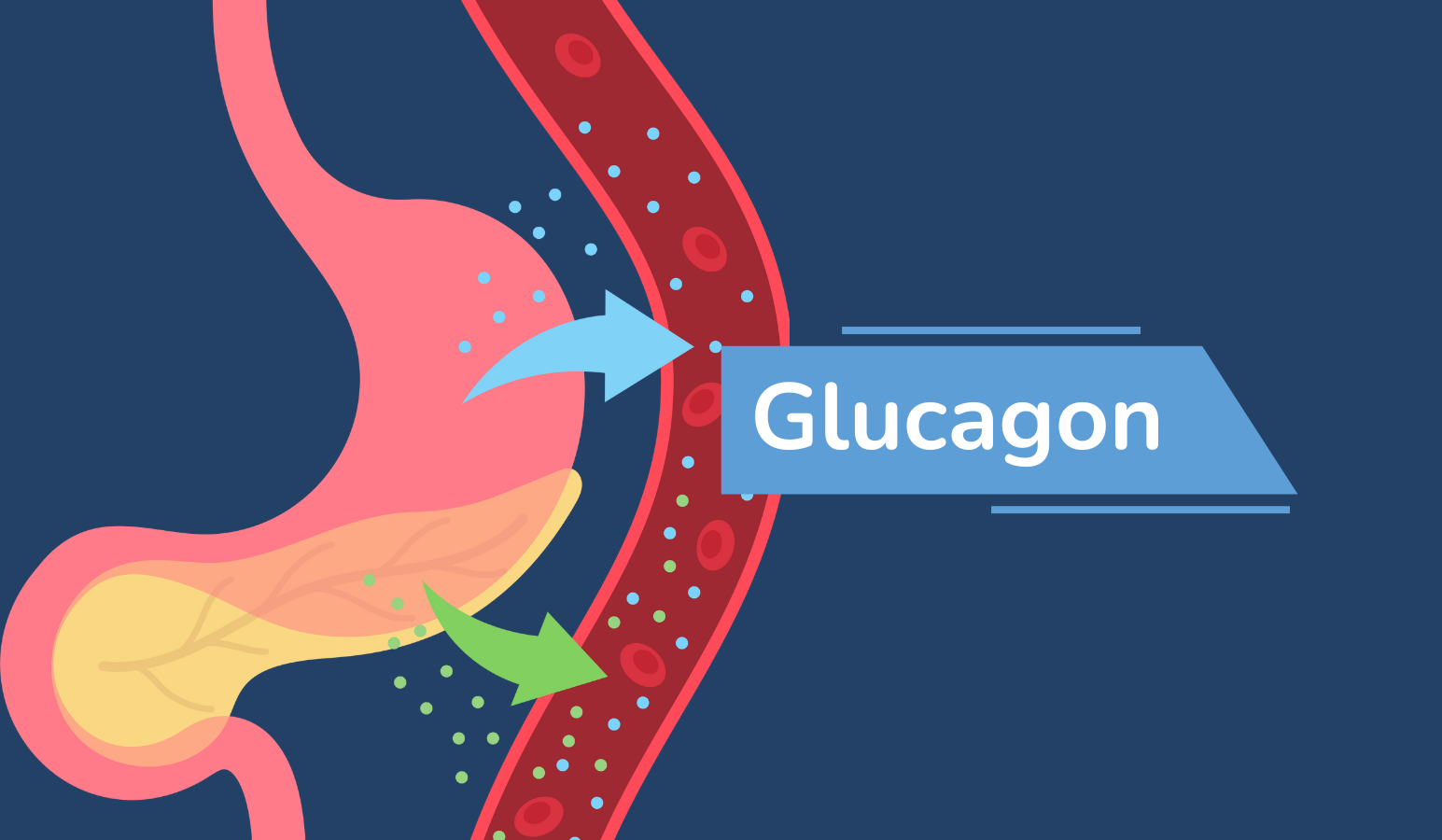We need the right amount of sugar in our blood to be healthy. However, too much sugar over time can damage our organs. So, our blood sugar needs to stay within a small range – not too high and not too low. Our bodies keep track of and respond to changes in blood sugar using two hormones made in the pancreas: insulin and glucagon.
Insulin helps move sugar from the blood into tissues that need energy, like the brain and muscles. Insulin levels rise after we eat, when there’s more sugar in the blood.
Glucagon does the opposite – it raises blood sugar when it gets too low, by signalling the liver to release stored sugar into the blood.
Insulin and glucagon work together like a thermostat, keeping blood sugar levels balanced – just like a heater and air conditioner keep room temperature steady.
Diabetes: When the Balance Goes Wrong
All types of diabetes arise when our body is unable to keep glucose levels normal, both overnight (when we are fasting) and after meals. This happens when the body doesn’t make enough insulin to meet the body’s needs. In people who develop type 2 diabetes, these needs can sometimes be high due to a reduced ability to respond to insulin.
But that’s only part of the story. In many cases, the body’s ability to control glucagon also goes wrong, which creates more problems for people with diabetes.
For example, people with type 2 diabetes often make too much glucagon even when they don’t need it. Normally, glucagon levels should be lowest when blood sugar is high, like after eating. However, in type 2 diabetes, the body keeps making high levels of glucagon after meals, which raises blood sugar even more and makes it harder to manage. This is like having your heater turn on full blast on a hot summer day – it’s the wrong response at the wrong time.
On the other hand, people with type 1 diabetes don’t make enough glucagon when they need it, particularly in response to low blood sugar levels. That is why people with type 1 diabetes can occasionally have low blood sugar levels if they miss meals or if the insulin dose is not appropriate. This is like your heater breaking down in the middle of winter – it’s hard to warm things back up.
For a long time, diabetes treatments have mostly focused on insulin, often ignoring how important glucagon is for controlling blood sugar. Whether using both insulin and glucagon to treat diabetes is better than insulin alone is currently being studied.
This article was developed in partnership with Diabetes Action Canada as part of the Canadian National Graduate Course in Islet Biology and Diabetes hosted by the University Toronto (BCH2140).



